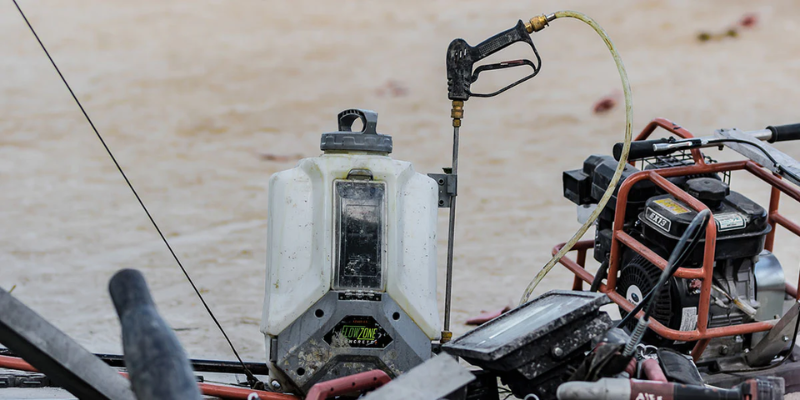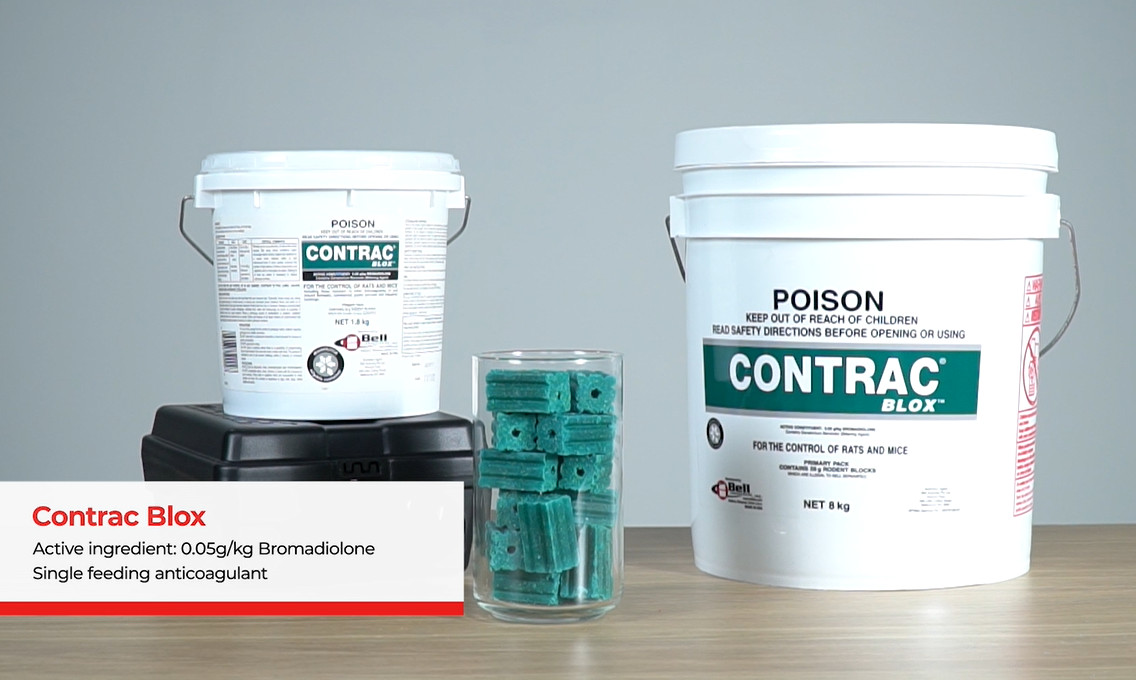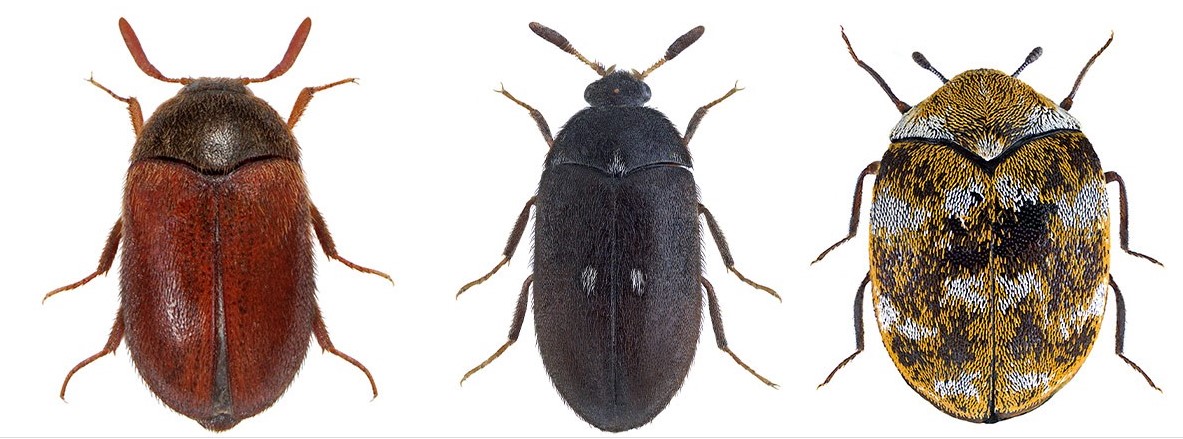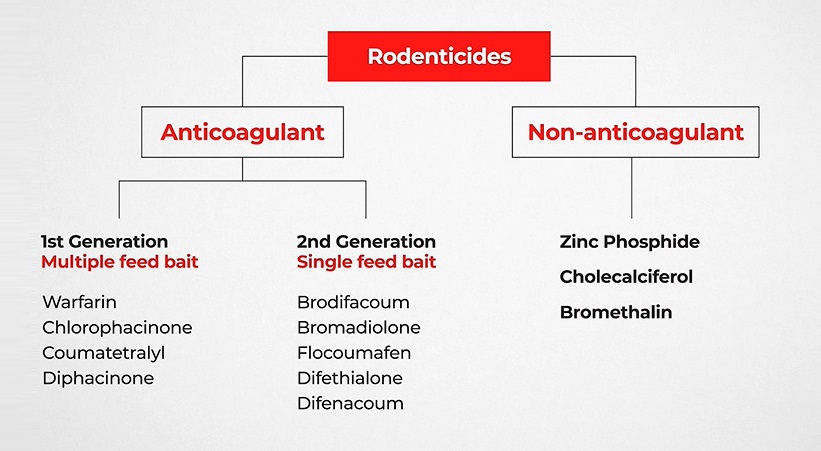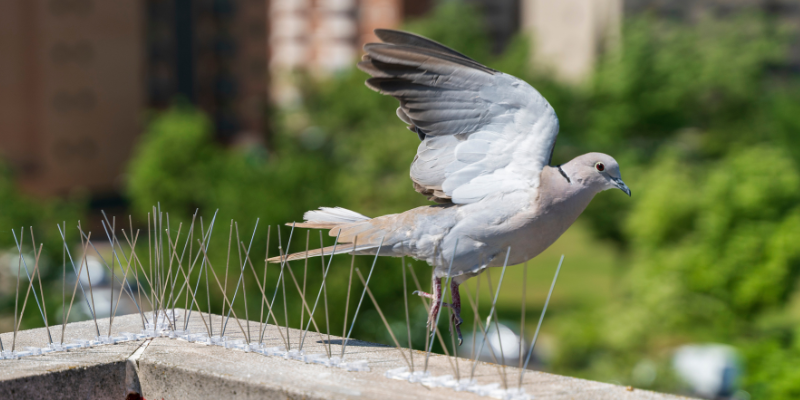Gulls/Seagulls
- Article
- Gulls/Seagulls
Gulls / Seagulls
Scientific Name: Family Laridae
How to identify a Gull/Seagull
Gulls are typically medium to large in size, usually grey or white, often with black markings on the head or wings. They typically have harsh wailing or squawking calls; stout, longish bills; and webbed feet.

Where are gulls/seagulls commonly found?
Gulls are found around the coastline and waterways. Also found around garbage tips and aerodromes.
Why are gulls/seagulls considered a pest?
Gulls are considered a nuisance around garbage tips and aerodromes. The urate in their droppings also damage the buildings where they rest.
What is the biology and lifecycle of gulls/seagulls?
Breeding season from May to February with one clutch of 2-5 eggs. Lifespan of Seagulls is 10-15 years.
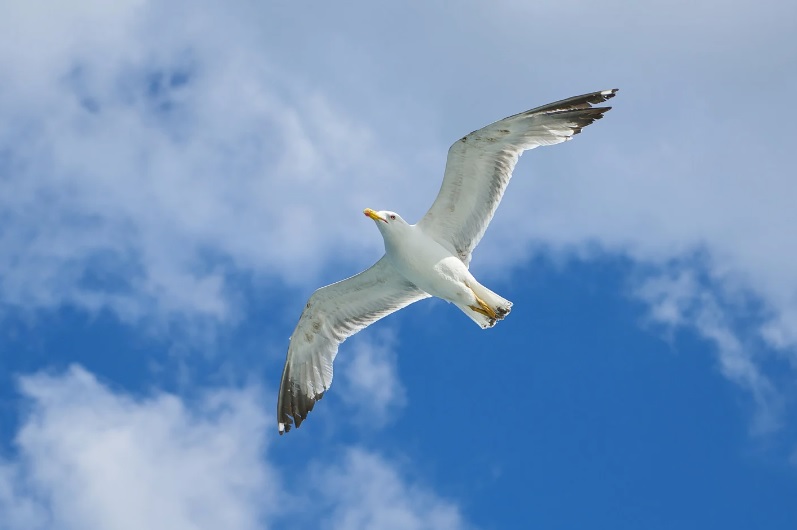
Management Tips for Gulls / Seagulls
To effectively protect a building from a bird problem, it often requires a combination of products. Take into account the following in designing your bird protection system:
-
Bird species/pressure
-
Building structure
-
Location of problem
-
Installation issues
-
Durability requirements
-
Aesthetic requirements
-
Safety/environmental concerns
-
Cost
A wide range of bird protection systems are available to effectively protect a building from a bird problem with various different methods:
Area exclusions - When installed correctly, bird netting provides the most complete, humane and durable system for bird exclusion.
Ledge exclusion - Large Birds: A system of spikes, wires and spiders can be utilised to discourage birds from landing on ledges. All Birds: a system of slopes and shock systems can be utilised.
Scare devices - A variety of scarer and repeller devices are available
Traps - For humane and safe removal of birds, particularly in sensitive areas
Solar panel protection - Solar panel exclusion kits are designed to prevent nesting under solar arrays - avoids expensive damage and reduction in efficiency due to bird droppings on panels.
Disease protection - PX Ornikill can be used as a clean up product and disease protection treatment, kill a range of disease organisms associated with pest birds such as ornithosis and psittacosis.
PRODUCT SOLUTIONS
-
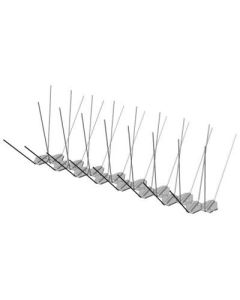 Avipoint P32 Extra Wide Bird Spikes
Avipoint P32 Extra Wide Bird SpikesAvipoint P32 Extra Wide Bird Spikes are made from high quality stainless steel spikes insert-moulded into UV stabilised polycarbonate base. Available by the metre.
-
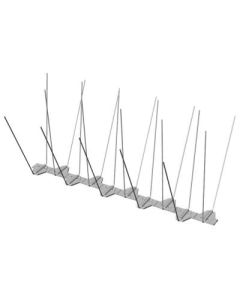 Avipoint P20 Wide Bird Spikes
Avipoint P20 Wide Bird SpikesAvipoint P20 Wide Bird Spikes are made from high quality stainless steel spikes insert-moulded into UV stabilised polycarbonate base. Available by the metre.
-
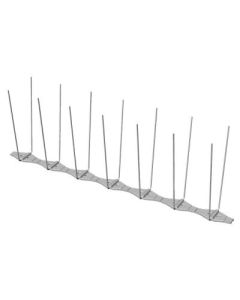 Avipoint P14 Narrow Bird Spikes
Avipoint P14 Narrow Bird SpikesAvipoint P14 Narrow Bird Spikes are made from high quality stainless steel spikes insert-moulded into UV stabilised polycarbonate base. Available by the metre.
-
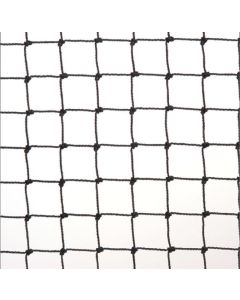 Premium Bird Net 19mm
Premium Bird Net 19mmGlobe's 19mm Premium Bird Netting is suitable for smaller birds as well as larger birds such as pigeons and seagulls. Our premium bird nets are suitable for all levels of bird infestation and are manufactured from knotted high-density polythene (HDPE) for durability.
-
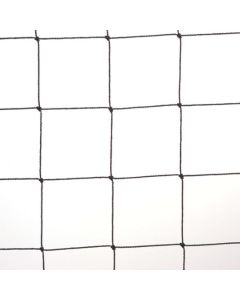 Premium Bird Net 50mm
Premium Bird Net 50mmGlobe's 50mm Premium Bird Netting is suitable for larger birds such as pigeons and seagulls. Our premium bird nets are suitable for all levels of bird infestation and are manufactured from knotted high-density polythene (HDPE) for durability.
-
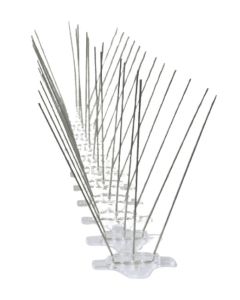 PCO Bird 3 Spike 15m
PCO Bird 3 Spike 15mProfessional, Stainless Steel, Bird Deterrent Spikes. There is 15m of bird spikes per box (30 x 50cm strips), with a 12.5cm top width span.
JOIN OUR NEWSLETTER NOW!
Be the first to hear about the latest specials, products, tips and ideas.


